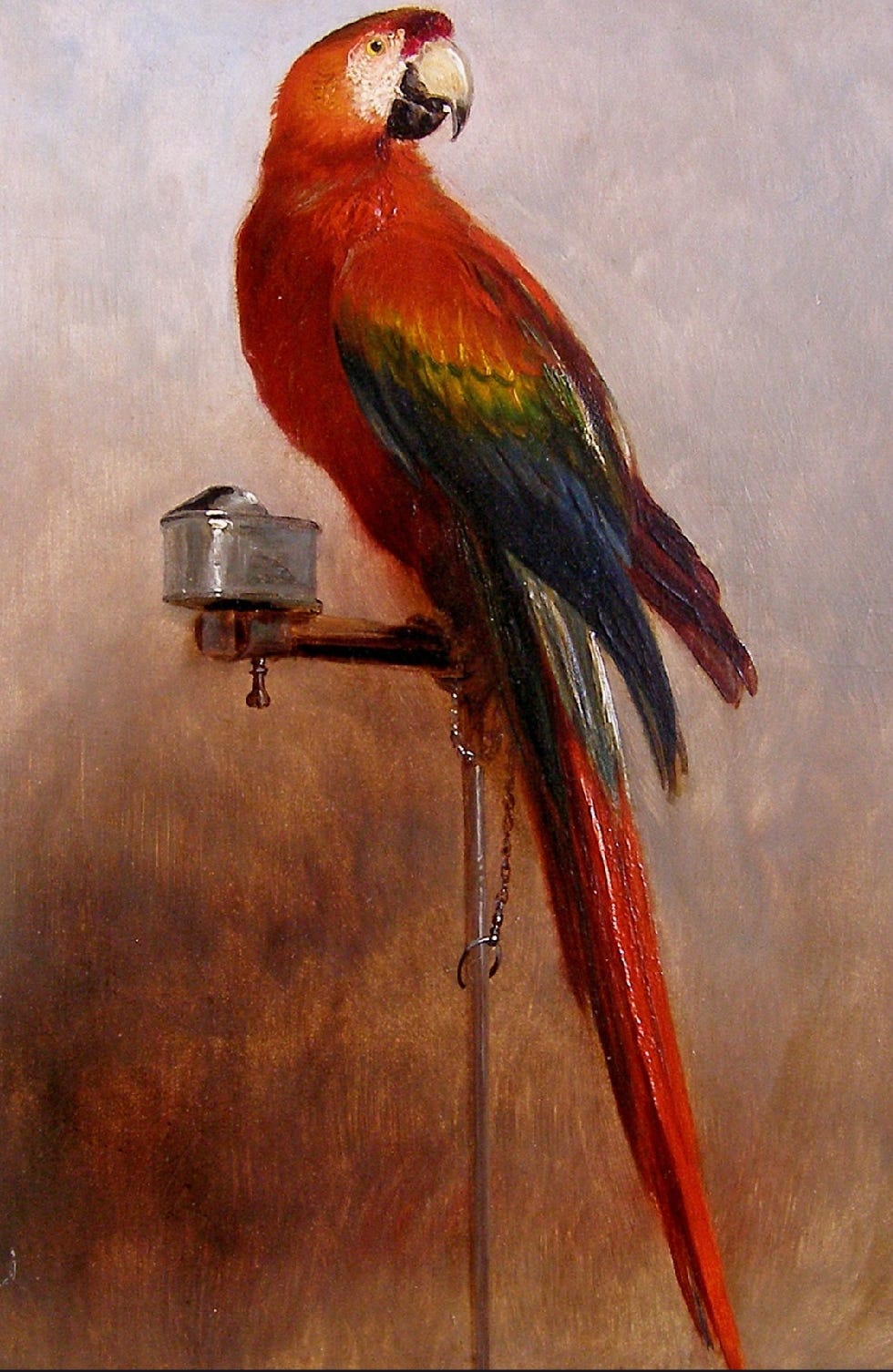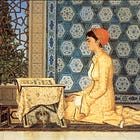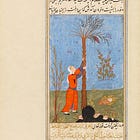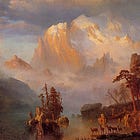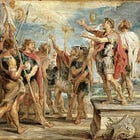The Qur’an vs The Bible: 1-Minute Case On Corruption, Preservation, and Manuscripts
Dot-for-dot Preservation vs A Hopelessly Corrupted Mess? 5 Considerations

For more detail and references read the link below:
Muslim apologists frequently claim the Bible has been corrupted beyond any level of practical reliability, while the Qur’an has been preserved dot-for-dot in the original Arabic. These statements are traps Islamic apologists set for themselves. Here’s why:
1. The Qur’an affirms the Bible has not been corrupted
We have strong manuscript support showing the Bible has not changed substantially since the time of Muhammad. What about beforehand? We’ll let the Qur’an answer that question.
If in doubt, Muhammad is told to go to Christians and Jews (People of the Scripture—3:65) to understand the Qur’an (10:94).
Christians are told to judge by the Gospel (5:47). Surah 2:85 warns against believing part of the Torah and not the rest. None of this makes sense to say if the Bible was corrupted.
2. Manuscript evidence shows essential Christian beliefs have not changed
Leading sceptic Bart Ehrman claims in Misquoting Jesus (p. 252), “The essential Christian beliefs are not affected by textual variants in the manuscript tradition of the New Testament.”
Further, Bruce Metzger, who trained Ehrman, contends we could reconstruct practically the entire New Testament from early Church father writings.
Wallace claims comparing the manuscript evidence of the New Testament to the average work in antiquity is like placing 4.5 Empire State Buildings next to a 4-foot pulpit. He estimates only 0.2% of the 500,000 textual variants have any impact on the meaning of the text.
The Dead Sea Scroll findings provide support for the accurate preservation of the Old Testament.
3. The Qur’an had a centralised burn-off
With the Bible, there was no opportunity for centralised corruption as manuscripts spread across the known world like wildfire. With the Qur’an, however, Caliph Uthman burned off and suppressed alternate readings.
4. The Qur’an was revealed in seven unknown modes
Sahih al-Bukhari 4991 and Sahih Muslim 819a refer to the Qur’an being recited by Gabriel to Muhammad in seven modes. Dr. Shady Nasser, in The Transmission of the Variant Readings of the Qur’an (p. 28), asserts Muslim scholars unanimously agree the seven modes of recitation are not what we have today, nor does anyone know what is meant by harf (mode). “Only the ignorant masses took the sab'ah āḥruf (seven modes) of the Prophetic tradition to be the seven canonical readings.”
5. The Qur’an has manuscript variants and different versions
Islamic apologist Dr. Shabir Ally refers to the Qur’an as an “oral tradition.” Andy Bannister’s Qur’anic formulaic density analysis, indicates the Qur’an was based on oral performances that often included existing legends.
Moreover, Ally claims the Qur’an is not only one book but has several different readings (e.g. the Warsh Qur’an v. 1924 Egyptian Edition).
He warns many Muslims simply “parrot” what they are told and are not aware of variants found in the Sana’a palimpsest, where a copy of the Qur’an was erased and a new version written on top that still shows variances from today’s commonly used Qur’an.






